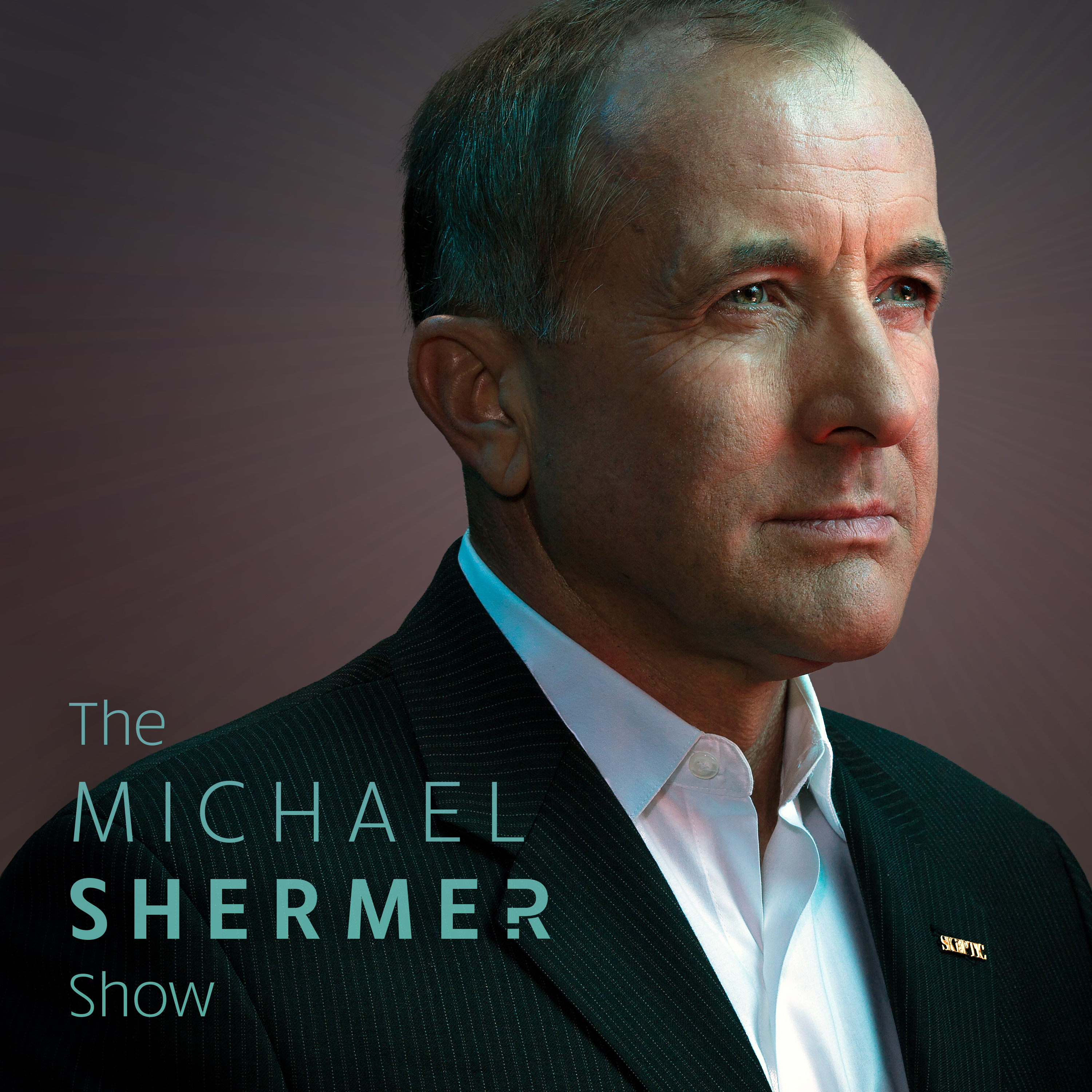
75\. Charles Fishman — One Giant Leap: The Impossible Mission that Flew us to the Moon

The Michael Shermer Show
Shownotes Transcript
On this July 16th, the 50th anniversary of Apollo 11, Michael Shermer speaks with veteran space reporter Charles Fishman who has been writing about NASA and the space program for more than 30 years.
In One Giant Leap he delivers an all-new take on the race to the Moon that puts Apollo into a new perspective in American history. Yes, the Apollo astronauts are the well-known and well-deserved public heroes of the race to the Moon. But the astronauts didn’t make the trip possible. It took 410,000 people to make the moon landings achievable. Every hour of spaceflight for Apollo required a million hours of work by scientists, engineers and factory workers on the ground — the equivalent of 10 lifetimes of work back on Earth. Fishman tells the story of the men and women who did the work to get the astronauts, and the country, to the Moon and back. Fishman and Shermer discuss:
- When President John F. Kennedy rallied the nation to go to the Moon in 1961, the task was impossible. None of the technology or techniques existed to do it. Engineers, scientists and factory workers in every state in the USA created that technology in just 8 years. They invented space travel on a deadline.
- Apollo is sometimes judged a disappointment because it didn’t usher in the Jetsons-like Space Age we thought it would. Fishman argues that the success of Apollo is the age we live in now — it opened the world to the digital revolution in ways that have never before been appreciated or written about. “The race to the Moon didn’t usher in the Space Age; it ushered in the Digital Age,” he writes. “And that is as valuable a legacy as the imagined Space Age might have been.”
- Secret tapes JFK made of meetings about space, along with other overlooked information from the Kennedy Administration, indicate that Kennedy himself was losing enthusiasm for the Moon race and the Moon landing by the fall of 1963. Had he not been assassinated, it’s not at all clear that Armstrong and Aldrin would have walked on the Moon in July 1969.
- The on-board computer for Apollo was the smallest, most flexible, most powerful, most user-friendly computer ever created when it flew the astronauts to the Moon — and it did its mission with less computing power than your microwave oven has today.
- Much of the most critical work to make the Moon missions possible was done by hand: the spacesuits were sewn by hand; the parachutes were sewn and folded by hand; the computer software was woven by hand; the heatshield was applied by hand, using a specialized version of a caulking gun.
- The iconic image of astronauts unfurling an American flag on the Moon almost didn’t happen. NASA had not even thought about carrying a flag on the Moon missions until just weeks before the first mission blasted off.
- Shermer ends by asking Fishman about the reputation of Wernher von Braun, the Nazi rocket scientist who built the mighty Saturn V rocket that took the astronauts to the moon: how can we reconcile his genius and vision with his Nazi past, especially his involvement in the slave labor that built the V-2 rockets that rained death down on England in the final year of the war?
Listen to Science Salon via iTunes, Spotify, Google Play Music, Stitcher, iHeartRadio, TuneIn, and Soundcloud.
You play a vital part in our commitment to promote science and reason. If you enjoy the Science Salon Podcast, please show your support by making a donation, or by becoming a patron.